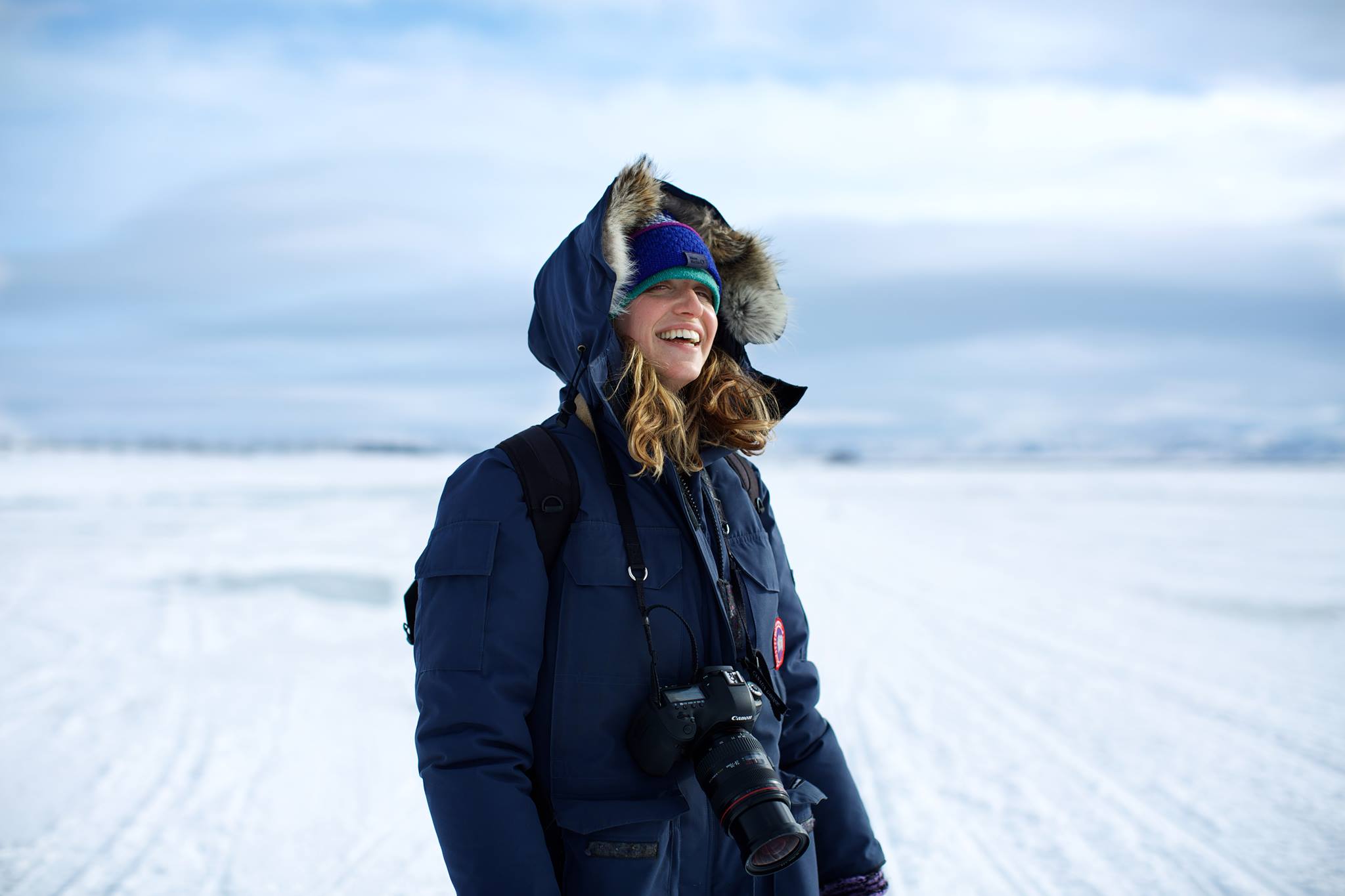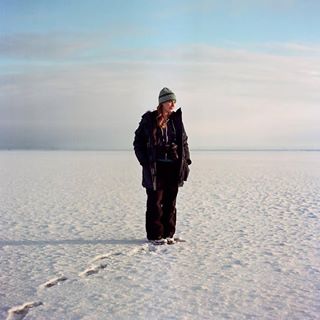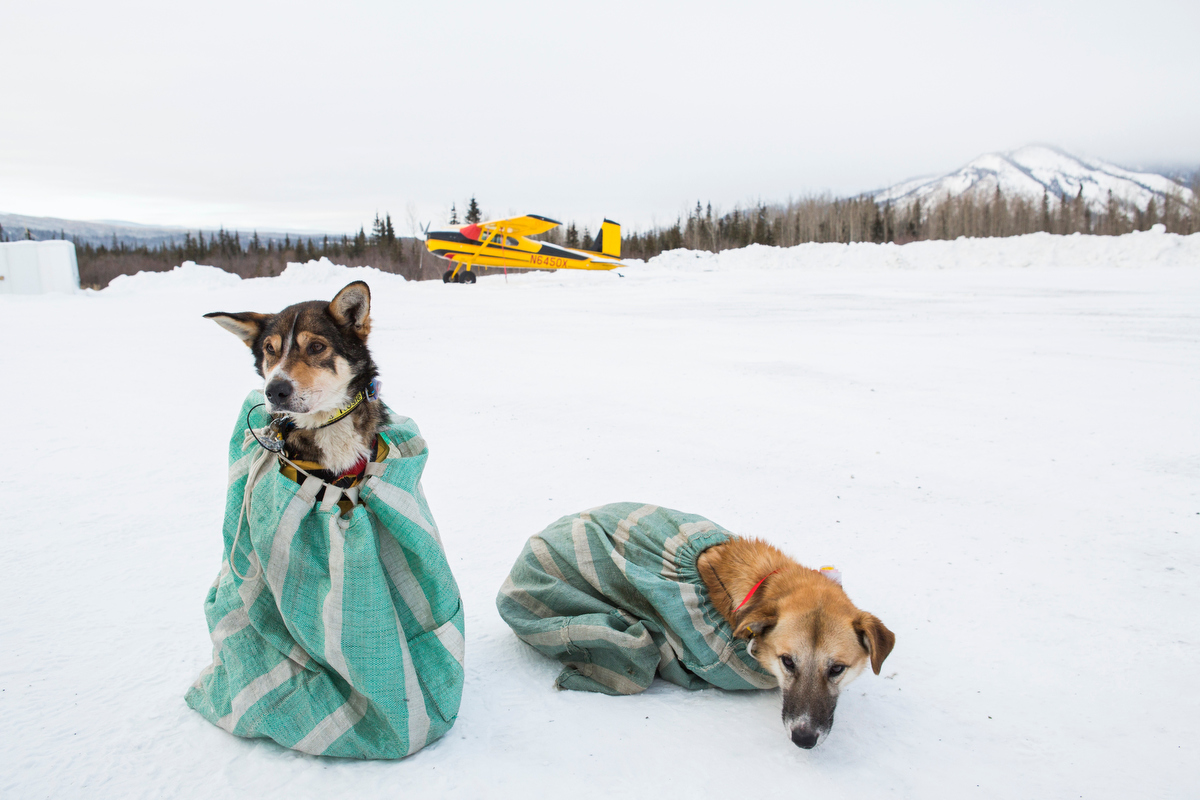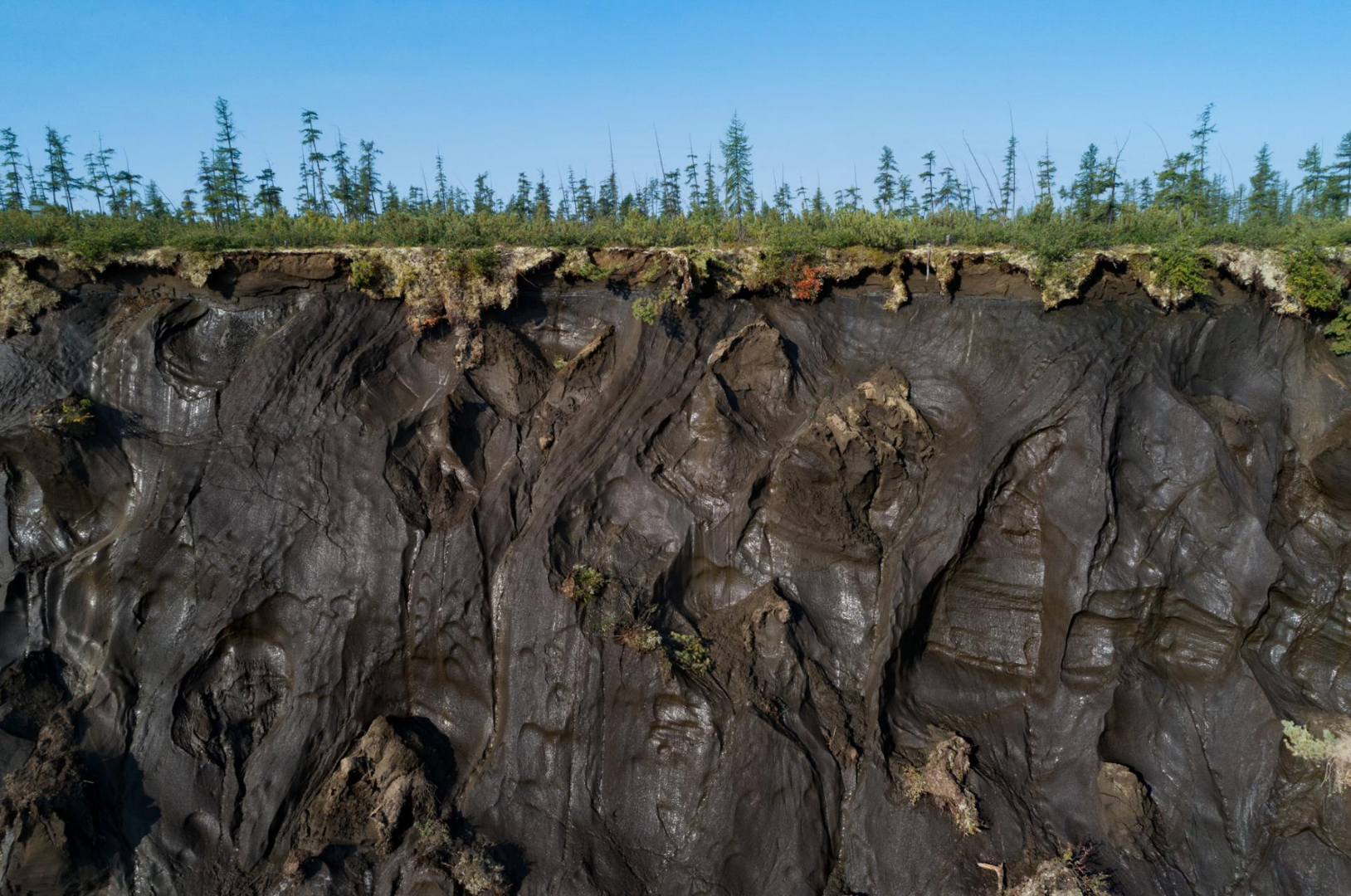
Katie Orlinsky • Photographer Profile
Katie Orlinsky is a photographer and cinematographer from New York City. She received a bachelors degree in Political Science and Latin American Studies from Colorado College and a Masters degree in Journalism from Columbia University. Katie’s long-held interest in international politics and a desire to raise awareness on social issues originally led her to photography, and after college she moved to Mexico where she got her start as a photojournalist. Since then Katie has photographed personal projects, assignments and documentaries all over the world.
Katie regularly works for National Geographic, The New York Times, the New Yorker, the Wall Street Journal, Al Jazeera America and a variety of international magazines and non-profit organizations such as the Too Young to Wed organization and campaign to end child marriage around the world. She has won numerous awards such as the 2014 ADC Young Guns Award, the 2013 PDN 30’s “New and Emerging Photographers to Watch,” The Alexia Foundation 2012 Student Grant, The 2011 POYI Emerging Vision Incentive Award, the 2010 Prix Ani-PixPalace and the 2009 Coup de Couer at Visa Pour L’image. Katie is currently an Artist In Residence with the Levine/Leavitt artists’ agency.
Katie Orlinsky
new york city • +1.917.597.0131 • katieorlinsky@gmail.com
The Yupik village of Newtok in western Alaska, population 380, is sinking as the permafrost beneath it thaws. Erosion has already wiped out nearly a mile of Newtok’s land, and it is estimated that in three to five years it could be underwater. The entire village is in the process of moving to Mertarvik, a new village site about nine miles away. Newtok is the first community in Alaska that has already begun relocation as a result of climate change—pioneering a process that many other Alaskan villages may soon undergo.
Scientists call the Alaska “ground zero” for climate change, and last year was the state’s warmest on record. Alaska is at the front line of climate change and what is happening to villages across the region can be seen as early indications for the rest of the world’s future. “Chasing Winter” explores how this reality is transforming the relationship between people, animals, and the land.
Across nine million square miles at the top of the planet, climate change is writing a new chapter. Arctic permafrost is thawing much faster than expected, releasing carbon gases that could reshape the planet and drastically speed up global warming. It is already transforming the landscape and changing the lives of people and animals from Alaska to Siberia.
This series of diptychs were taken in May 2015 and June 2015 during this past year’s abnormally fast spring thaw and are part of a larger work in progress about the impacts of climate change across Alaska.
Mali has been long been known for both its rich ancient Islamic history, and its modern vibrant culture. But over the past two years, many of these features were almost permanently destroyed, when jihadi militants took over the cities of the north, like Gao and Timbuktu. Imposing their own despotic version of religious law, with brutal punishments and public executions, the jihadis threatened to decimate the relics of Mali’s ancient past, and suppress the lively spirit of its joyous communities. Women bore the brunt of this crackdown: they were forced to cover their brightly lit clothes with dark hijabs and face-covering burkas, and banned from work, school, or regular access to medical care. Behavior deemed “immoral” resulted in imprisonment and beatings.
Over the past three years there has been a 400 percent increase in the number of women imprisoned for federal crimes in Mexico. Ciudad Juárez is the most dangerous city in Mexico, plagued by drug war violence, not to mention poverty and unemployment, which has only escalated after the financial collapse. The rise of women’s involvement in narcotics related crime in Juárez has also escalated, directly linked to poverty and lack of employment opportunities.
When a massive influx of Central American children streamed across the U.S.-Mexican border in 2014, it sparked a political crisis, and a heated debate about the causes of this “surge.” U.S. politicians argued that the children were coming merely for economic reasons (that is, simply to take American jobs), rather than face the complicated reality that we have a refugee crisis on our very own doorstep.

About
Katie Orlinsky was born and raised in New York City and began her career as a photographer in 2006. She has photographed all over the world documenting everything from conflict and social issues to wildlife and sports. Katie’s work has focused on climate change, exploring the transforming relationship between people, animals and the land in the Arctic. Katie is a contributing photographer with National Geographic and her work is frequently published in The New York Times, The New Yorker, and Smithsonian Magazine among others. She has won numerous awards over the course of her career from institutions such as the Art Director’s Club, PDN30, Visa Pour L’image and Pictures of the Year International. She was the 2016 Getty Images Grant for Editorial Photography winner and the 2016 Paris Match Female Photojournalist of the Year. She received a Masters's degree in Journalism from Columbia University, and in 2018 was named the Snedden Chair of Journalism at the University of Alaska Fairbanks.
See Also
www.katieorlinskyphoto.com • Facebook • Instagram • Twitter
For the past three years, Katie Orlinsky has been photographing an environmental catastrophe that is as urgent as it is overlooked.
Katie Orlinsky was the guest on National Geographic’s podcast “Overheard,” where she talked about her latest work in New Mexico’s Gila Wilderness.
For The New York Times, Katie Orlinsky traveled to Michoacán, Mexico, to photograph the Rosario Monarch Butterfly Biosphere Reserve, where climate change and violence threaten the fragile species.
Katie Orlinsky has taken third place in the 2020 World Press Photo contest Environmental Story category, for her work on melting permafrost in the Arctic.
Katie Orlinsky has been awarded the 2019 Alexia Foundation Professional Grant for her ongoing project on climate change in Alaska, Chasing Winter.
Katie Orlinsky traveled to Newtok, Alaska, where the local Yup'ik residents are moving to a new village to escape flooding, erosion and thawing permafrost, for National Geographic.
Katie Orlinsky published a major feature in the September 2019 issue of National Geographic Magazine, exploring the impact of thawing arctic permafrost.
Katie Orlinsky visited far northern Russia to explore the changes in permafrost in the Arctic, on assignment for National Geographic.
On assignment for Caritas, an aid group, Katie Orlinsky traveled to remote western Mongolia this past winter to document the harsh conditions of this year's dzud, or extremely harsh winter right on the heels of a summer drought that can kill hundreds of thousands of livestock that nomadic herders rely on.
In the second Behind the Shot short film from National Geographic to feature a Prime photographer, tag along with Katie Orlinsky as she visits Rosemary Farm Sanctuary in upstate New York to photograph horses and a special donkey named Nemo. Watch it here.

















